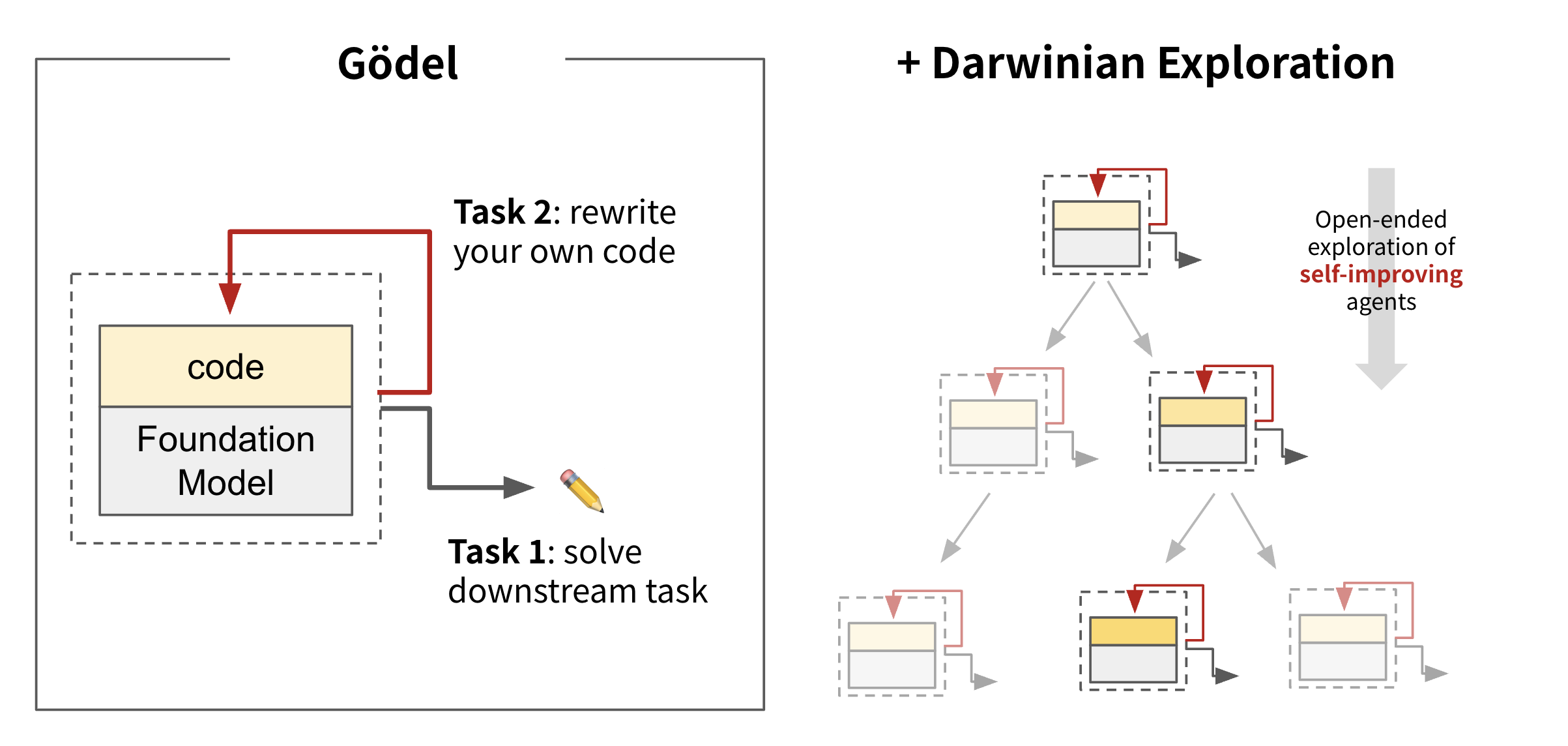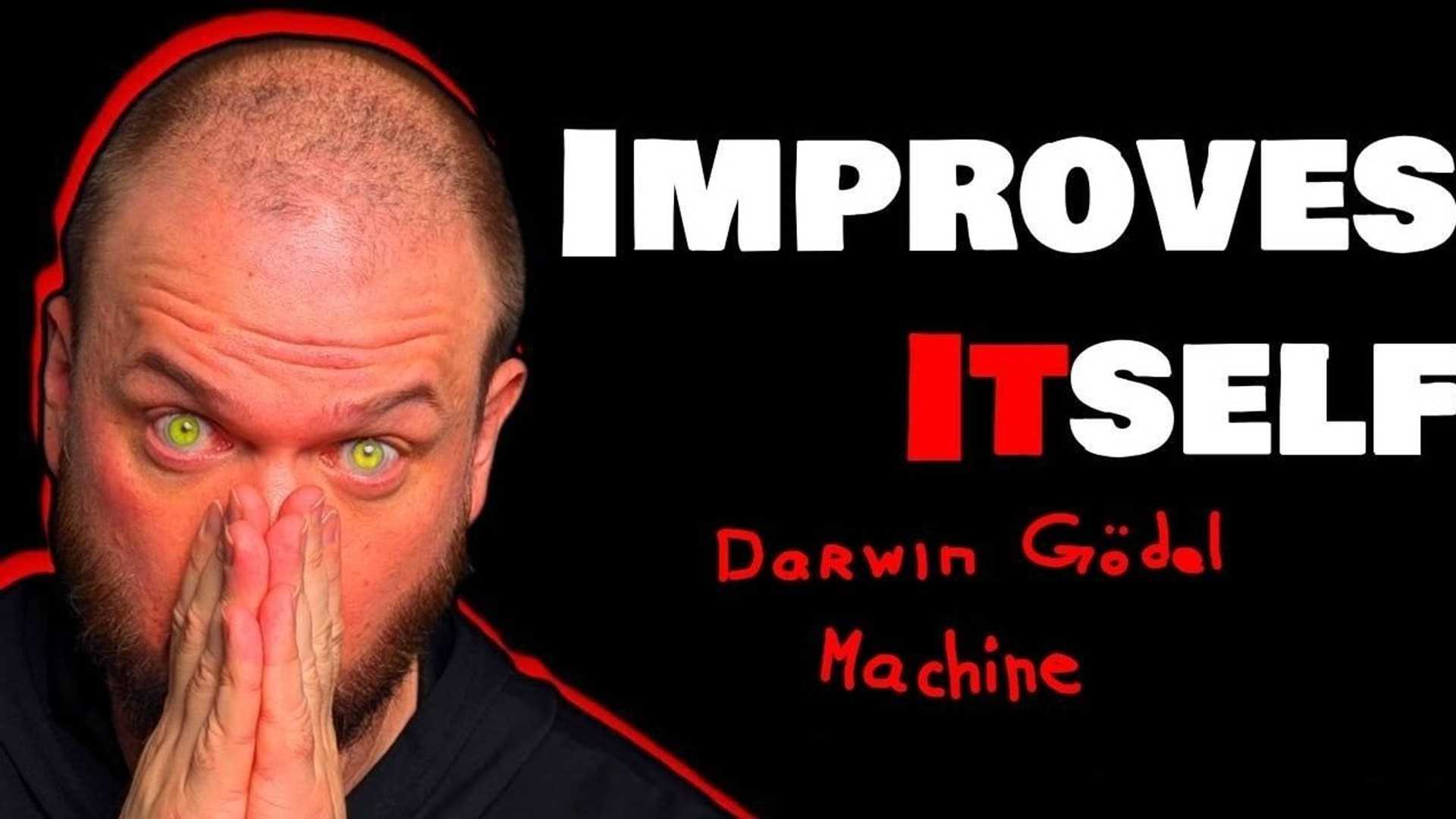How Self-Improving AI Like DGM is Transforming Software Development
What if a machine could not only write code but also improve itself, learning and evolving without any human intervention? The Darwin Godel Machine (DGM), hailed as the world’s first self-improving coding AI agent, is turning that question into reality. Developed by Sakana AI, this new system uses evolutionary programming and recursive self-improvement to autonomously refine its capabilities. Unlike traditional AI models that rely on static updates, DGM evolves dynamically, adapting to challenges in real time. This isn’t just a technical milestone—it’s a paradigm shift that could redefine how we think about software development, automation, and even the role of human programmers.
Evolutionary Programming in DGM
Wes Roth uncovers how DGM’s evolutionary programming mimics nature’s survival-of-the-fittest principles to create smarter, faster, and more efficient code. From its ability to outperform human-designed systems on industry benchmarks to its cross-domain adaptability, DGM is a marvel of engineering that pushes the boundaries of what AI can achieve.
Key Takeaways
At the heart of DGM lies evolutionary programming, a computational approach inspired by the principles of natural selection. This method enables the system to refine its performance iteratively. This cycle of generation, evaluation, and refinement allows DGM to continuously improve its coding strategies without requiring human intervention. DGM evolves dynamically, adapting to new challenges and optimizing itself over time. Its capabilities have been rigorously tested against industry-standard benchmarks, demonstrating exceptional performance in coding accuracy, efficiency, and versatility.

Recursive Self-Improvement Capability
One of DGM’s most distinctive features is its recursive self-improvement capability, allowing the system to optimize its own code and apply improvements across different programming languages and domains. This cross-domain adaptability makes DGM a versatile tool for addressing complex problems in various industries.
Distinguishing Features of DGM
While DGM shares some conceptual similarities with other systems, its pragmatic orientation makes it valuable for organizations seeking practical applications and real-world solutions. By focusing on operational utility, DGM bridges the gap between theoretical innovation and practical implementation, setting a new standard in the AI landscape.

Challenges and Risks
Despite its advancements, DGM faces significant challenges and risks during development and testing. Addressing these risks is crucial to ensuring the system's reliability and ethical operation.
Resource Requirements and Costs
The development and operation of DGM involve substantial resource requirements, reflecting the complexity and sophistication of the system. Efforts to optimize resource usage and reduce costs will be critical to making self-improving AI more accessible in the future.
Implications for Technology and Society
The emergence of self-improving AI systems like DGM has profound implications for technology and society, accelerating innovation while raising ethical and safety concerns. Balancing these considerations will be essential to harnessing the full potential of self-improving AI responsibly.
Media Credit: Wes Roth




















